What does lens aperture mean and what is it for?
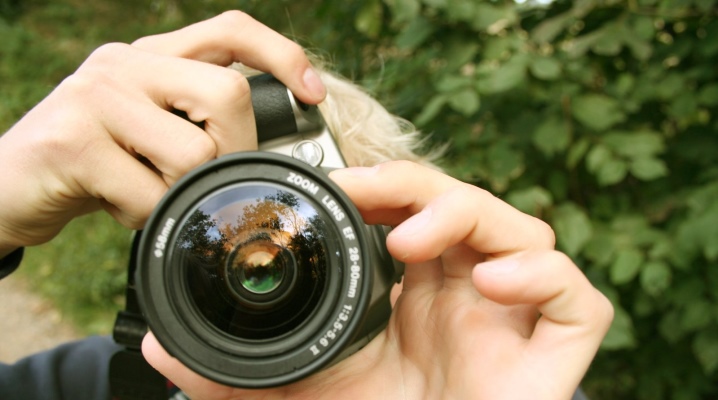
When using modern cameras, you need to know certain characteristics of the equipment. Otherwise, you will not be able to add the desired effect to the photo. In the article we will tell you more about the aperture ratio and how it wags on the picture.
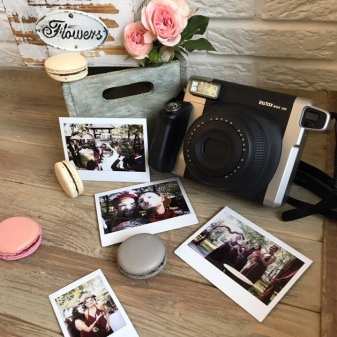

What it is?
Aperture is one of the most important characteristics in a camera, or rather in a lens. This parameter is necessary to take a clear and detailed photo even in low light conditions. A high indicator means that you have professional equipment in your hands. It should be noted that high-aperture optics are expensive.
Experienced photographers use several lens models with different focal lengths. Experts recommend that beginners choose affordable lenses in order to learn how to use modern digital equipment.

The above parameter is responsible for how much light gets into the camera device and the sensitive matrix. Not many people know that the lenses inside the lens are made of a completely transparent material. Passing through plastic or glass, the luminous flux is scattered, and part of it is lost. The light beam does not reach the matrix at full strength.
The amount of sunlight can be adjusted using the diaphragm. The wider this element is open, the greater the flow will be. Manufacturers, when designating aperture, take into account how much the aperture can be opened to the maximum. The focal length is also taken into account. The smaller the ratio, the greater the aperture parameters will be.
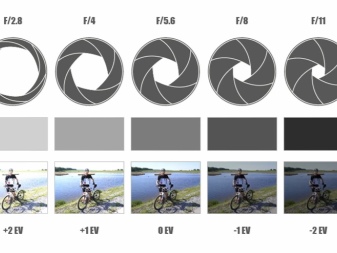
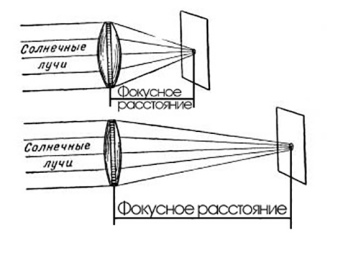
The intense light that hits the light sensor determines the following:
- depth of field;
- the ability to take a high-quality photo in a dark room or in the evening.

Let's consider each parameter in more detail.
№1
Lenses with a high aperture make it possible to highlight only the main objects in the photograph. This parameter will be useful for portrait photography. The abbreviation DOF is used to denote the number of elements that are in sharpness. This stands for depth of field.
Using this characteristic correctly, you can create a beautiful blurred background - bokeh. With this, photographers hide unnecessary details in the image, translating them into the background. Such images look impressive.
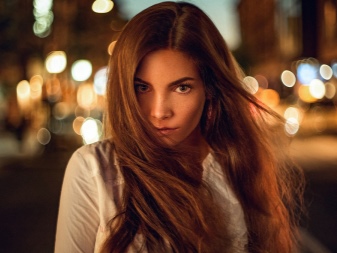
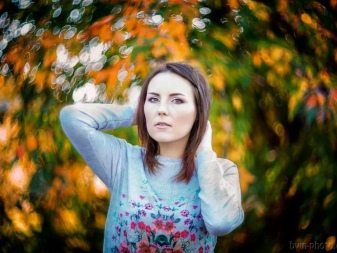
№2
If there is not enough light to take a good picture, you need to adjust the following characteristics:
- photosensitivity (referred to as ISO);
- exposure;
- diaphragm.
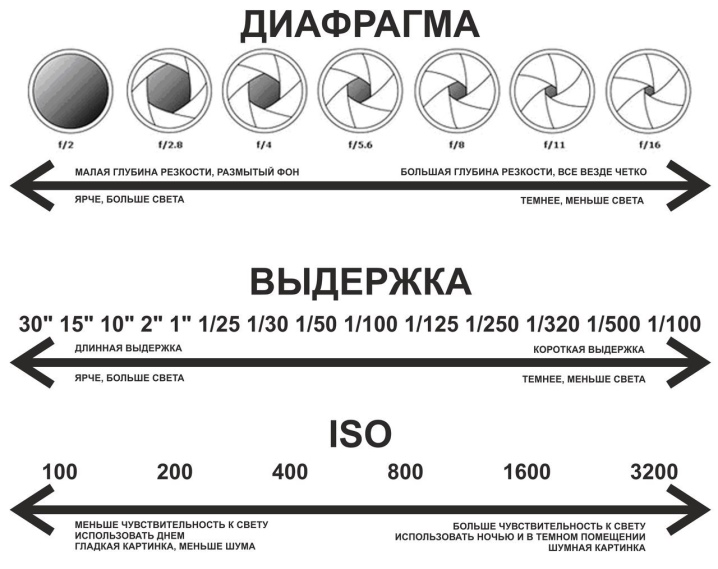
Be careful when adjusting your exposure. Otherwise, the frame will be completely blurry. If you set a slow shutter speed, you will not be able to shoot handheld, you need to use a tripod. Even a slight movement of the hands will lead to a "wiggle".
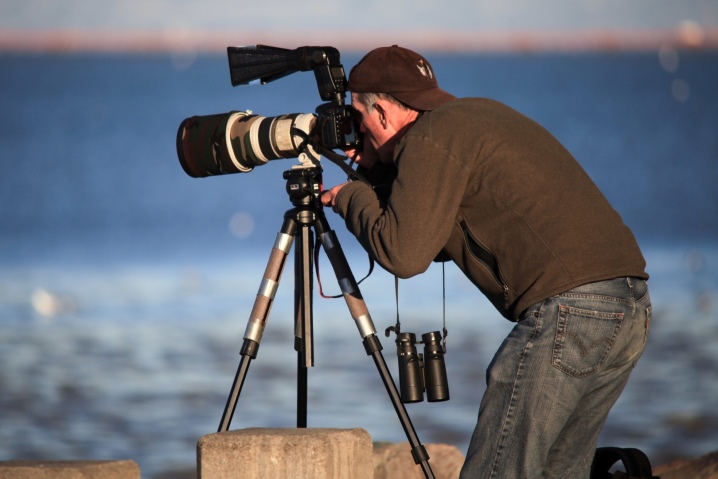
If the ISO is set too high, digital noise will appear in the picture. The photographer only has to open the aperture in order to take the sharpest possible picture with insufficient light.
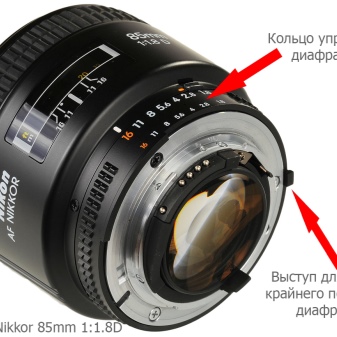
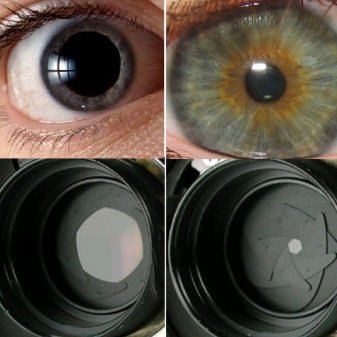
When is it needed?
Photographers who only use digital equipment for everyday shots can make do with the available technology quite well. For such users, the aperture parameter does not really matter.

Professional photographers pay attention to every characteristic. They use fast lenses in the following cases.
- This option comes in handy during sporting events or wildlife photography, when it is important to quickly and clearly capture a special moment. A fast shutter speed needs to be set to get a fast moving subject in the picture.
- Without a high-aperture lens, you will not be able to get high-quality images of a city at night or other landscapes taken after sunset. Such models are capable of capturing even the smallest particles of light to produce a high-quality image.
- If the sensitivity of the matrix to light is insufficient, then with the help of the lens this deficiency can be corrected.
- Reporters who work in various conditions are also indispensable without special equipment. These can be dark rooms such as museums, nightclubs, restaurants, etc.
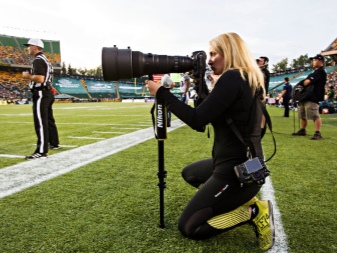

Marking
The aperture index is designated by the English letter F (f). With its help, manufacturers indicate the power of the light flux that reaches the matrix. However, this parameter needs to be described in more detail.
To indicate aperture, brands use the ratio of the following parameters:
- the diameter of the diaphragm when it is maximally open;
- focal length.
This indicator can look like such numbers - 1: 1.2 or 1: 2.8. Brands use the international format - f / 1.2, f / 2.8 and other options.
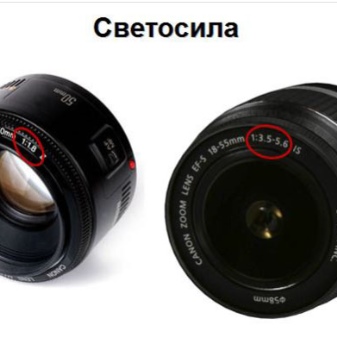
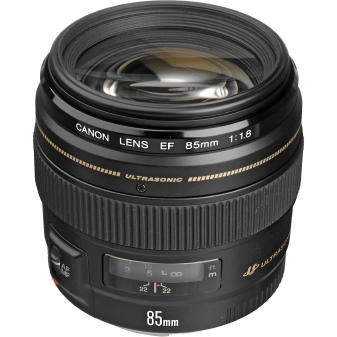
Interesting fact. The lens with the highest aperture parameter was released by the American corporation NASA in the second half of the 20th century (1966). The aperture value is f / 0.7. Specialists made 10 models, three of which were presented to the world famous director Stanley Kubrick to create film masterpieces, one was handed over to Carl Zeiss. The remaining 6 lenses were sent to a special customer.
Few of the users know that the professional level of this characteristic is f2.8. This is the optimal value. Techniques with this parameter are not available to everyone. For ordinary buyers, f4 or more will be sufficient. Models of such lenses are not considered fast and have a more affordable price.

How to choose a lens?
The range of digital photography equipment is presented in a wide variety of cameras and lenses. Determining which is the best is difficult even for an experienced specialist, let alone ordinary buyers. The equipment is manufactured by both world brands and manufacturers working in the budget and middle price segment.
All optics, which are distinguished by a high aperture ratio, can be divided into 2 types:
- fixes;
- models with a variable focal length.
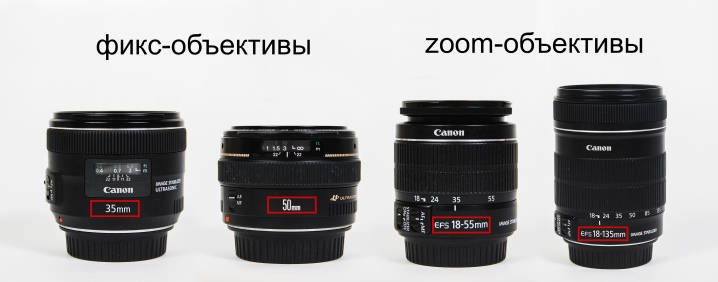
The first option is used for shooting in a studio. The main feature of such optics is that you can easily and quickly change the distance of the object to the lens. This is a very useful feature when you need to constantly move around the room, while the model is static. Fixed lenses boast improved shooting quality. When assembling them, manufacturers use a reduced number of lenses, which reduces the number of distortions.
Newbies who are just starting to master photography often use lenses with a maximum focal length. This characteristic ranges from 50 to 55 millimeters. In this case, the aperture ratio is from 2.8 to 1.4. These models are also called "fifty dollars". They are available in the catalogs of all renowned imaging equipment manufacturers. The above parameters are quite enough if you do not have to engage in night or subject photography at a high level.

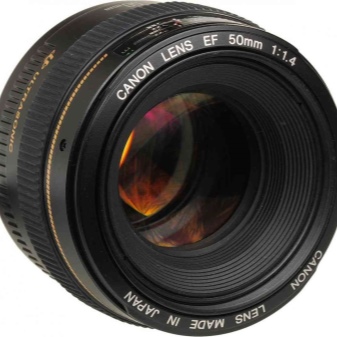
They also use millet fixes with a focal length of 30 to 35 millimeters. These models are wide angle lenses. They can be used for a wide variety of creative ideas. Their main feature is that they are not suitable for portraits due to perspective distortion.
If you are looking for a lens for close-up portraits, you should choose prime lenses with a focal length of 85 to 135 millimeters. This indicator will help to create an expressive bokeh in the background, which is ideal for this direction in shooting.
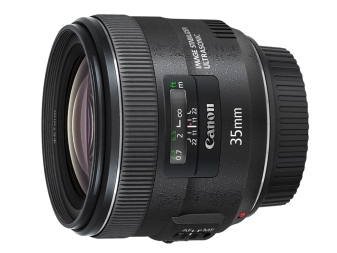
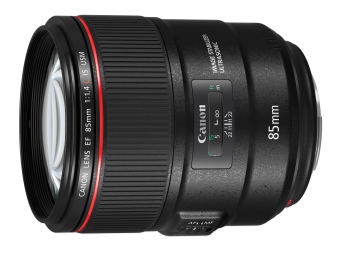
As for glasses with a variable parameter, options with a focal length that vary from 17 to 55 millimeters are in great demand. To work, you will also need optics with a distance indicator from 70 to 200. This equipment is used for shooting reports on various topics.
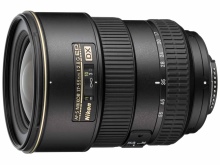
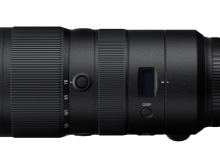
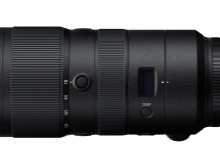
How to use?
To use a light-sensitive lens, it is necessary to connect the optics to the "body" of the camera, select the necessary parameters, compose the frame and take a picture. Using digital equipment, you can immediately evaluate the photo and change the preset settings.
To change the frame (increase or decrease the focal length), use the special rotary ring on the lens. It also has numbers indicating which parameter you are using. You will observe the changes immediately - through the screen or viewfinder.
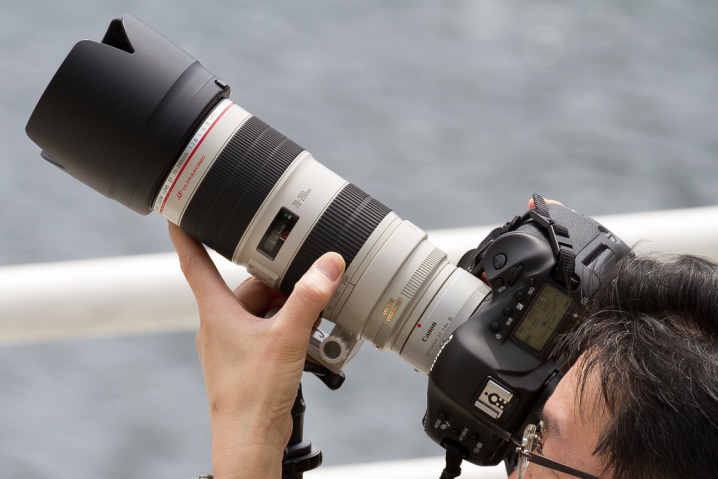
Professional photographers use different lens models depending on the subject of photography: portrait, landscape, reportage and other options.
For what aperture is, see the next video.













The comment was sent successfully.